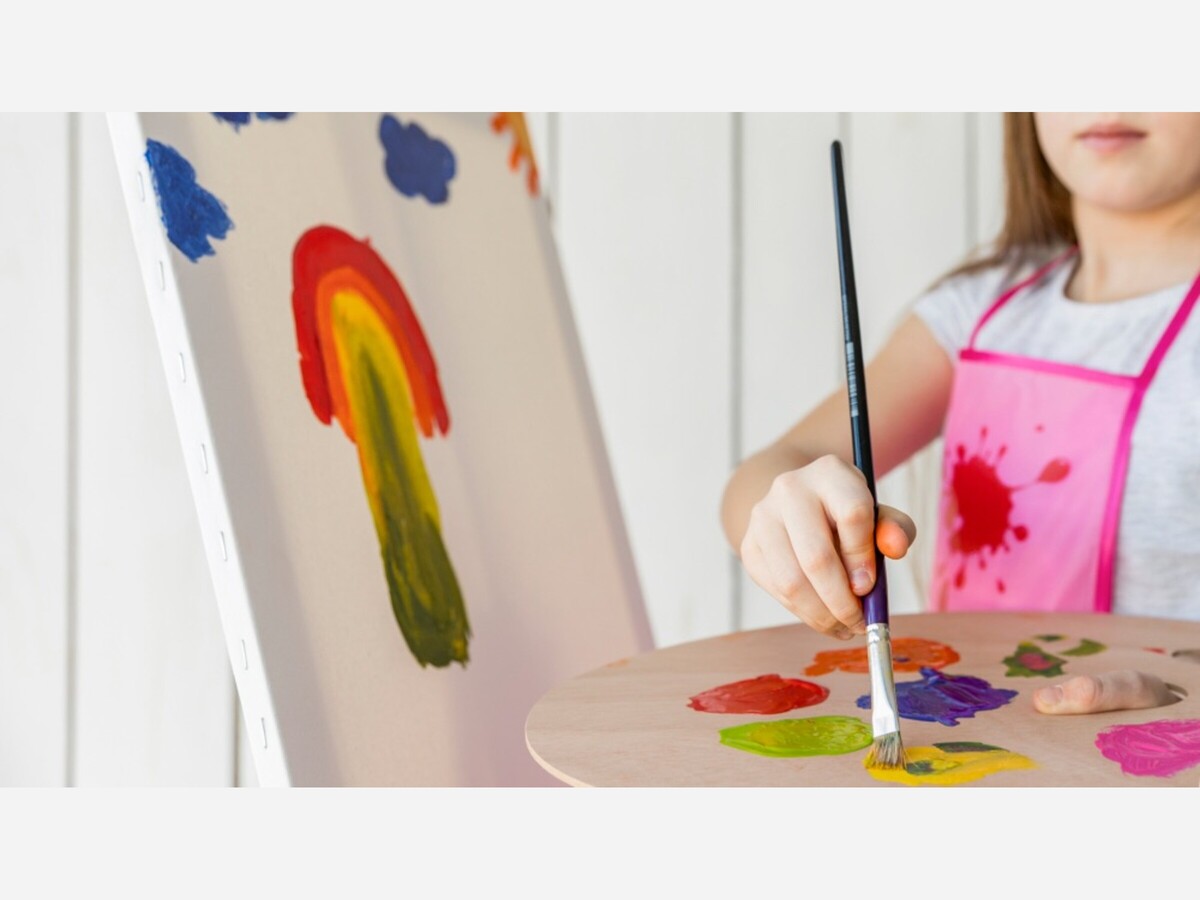Image


Image via Freepik
by Annabelle Harris*
Art offers a unique pathway for expression and growth, especially for children with learning disabilities. By understanding their specific needs and offering the right tools, you can make art a powerful outlet for them to express themselves and boost their self-esteem. This guide aims to help parents foster an environment where children can explore their creativity, feel supported, and thrive through artistic expression.
Before diving into art projects, take the time to understand your child's learning disability. This insight is crucial as it shapes how they perceive and interact with the world. For instance, a child with dyslexia might find visual storytelling through painting a liberating form of expression, while another with dysgraphia may prefer sculpting. Your awareness and adaptation to their needs will create a nurturing environment for their creativity to flourish.
Every child has a galaxy of interests, from dinosaurs to outer space. Weave these passions into their art projects to heighten their engagement and joy. If your child loves nature, encourage them to create landscapes. This personalization not only makes art more enjoyable but also imbues their projects with deeper meaning and connection. Such an approach can transform art from a simple activity to a meaningful exploration of their interests, encouraging them to explore and develop their creativity further.
Artwork captures the essence of your child's creativity and growth. By saving their masterpieces as PDFs through a mobile app, you're ensuring these memories are preserved. Each digital copy remains a testament to their journey, easily shared and cherished for years to come. It's a simple, effective way to safeguard and celebrate their artistic milestones. If you’re curious about a scanning app, this may help.
Offering a broad spectrum of art supplies opens up worlds of possibility. Traditional mediums like crayons, watercolors, and clay invite tactile exploration, while digital art tools offer a new dimension of creativity with undo buttons and endless colors. Experimenting with various tools and mediums can unveil your child's preferred mode of expression, accommodating their unique abilities and challenges.
Creating a supportive atmosphere is vital. Encourage experimentation and reassure your child that it's okay to make mistakes. This approach fosters a safe space where they can express themselves freely, without fear of judgment. Your support and encouragement can significantly impact their confidence and willingness to explore their artistic boundaries.
Focus on the process rather than the final product. Celebrate the act of creation, the mess, the exploration, and the fun. This mindset helps your child appreciate the intrinsic value of making art, focusing on the joy and therapeutic benefits of expression, rather than the end result. Encouraging this perspective helps build resilience and flexibility, teaching them that the journey is just as important as the destination and that every effort is a success in its own right.
Art should be accessible to all, including children with physical challenges. Opt for tools designed with larger handles, easy-to-press buttons, or software that responds to voice commands. These adaptations make the artistic process more inclusive, ensuring every child can enjoy the freedom and joy of creating. Making art accessible encourages children with different abilities to engage with creative activities, fostering an inclusive environment where every child feels valued and capable of expressing their artistic voice.
Artistic expression offers a profound avenue for children with learning disabilities to communicate, explore, and grow. By understanding your child's unique challenges, incorporating their interests, offering diverse materials, and creating a supportive environment, you empower them to express themselves creatively and confidently. Embrace this journey with your child, and watch as they unfold their potential, one masterpiece at a time.
* Annabelle Harris is the creator of Elders.Center. Her goal is to help soon-to-be-seniors and already-seniors move gracefully into their golden years with less fear and more confidence. The site features a plethora of resources to help answer common and not-so-common questions about aging.